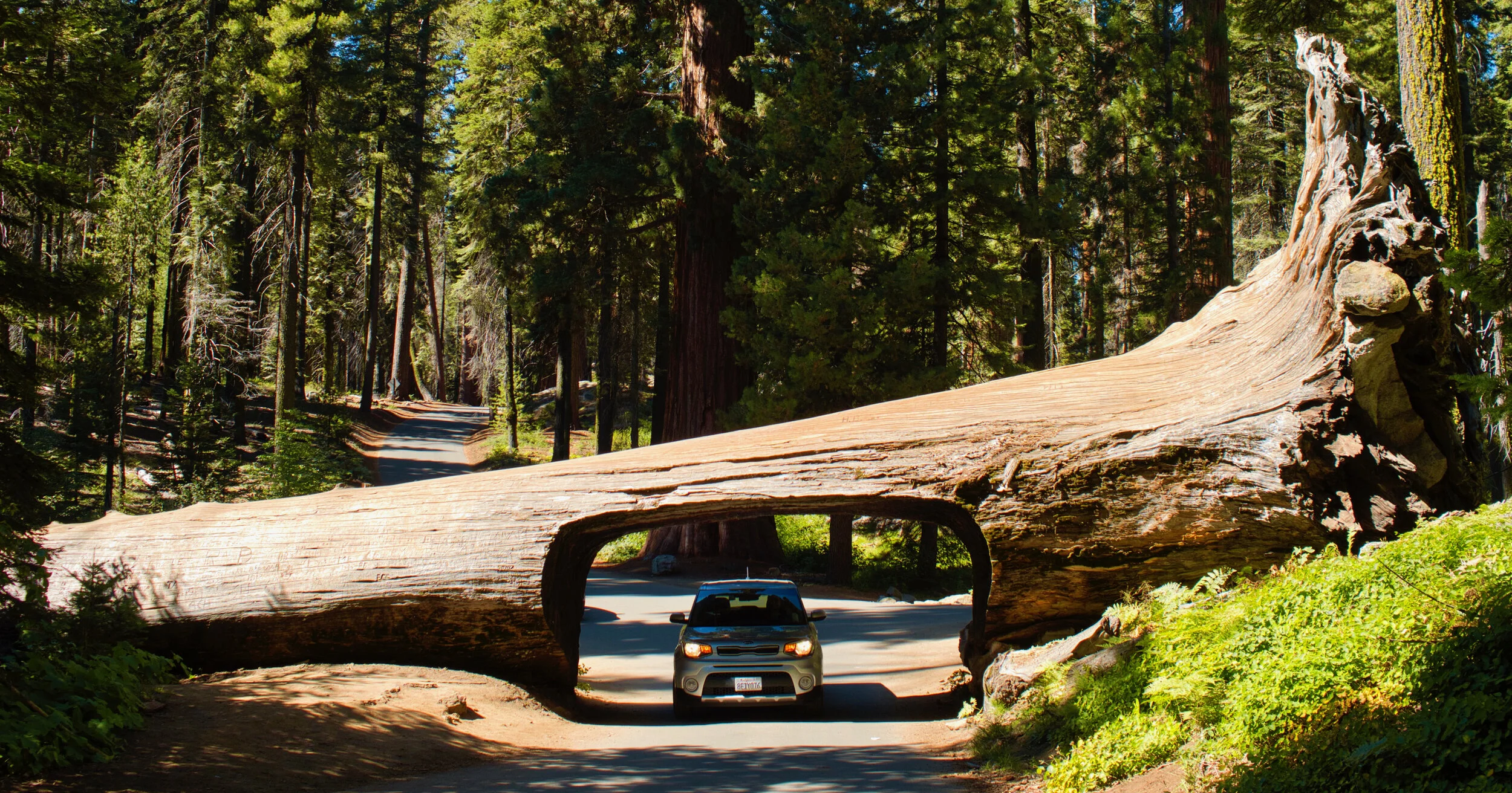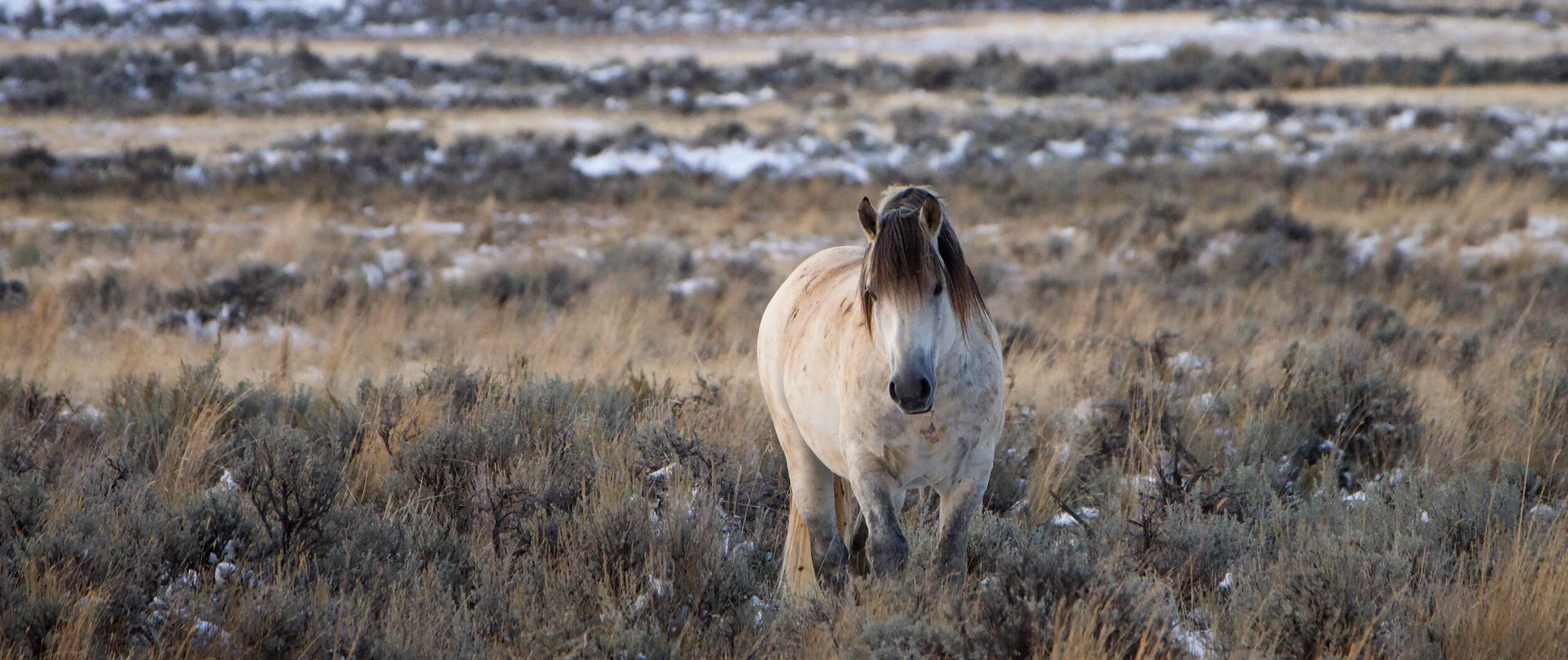Typhoon Season in Japan
Each year Japan gets hit by around 10 Typhoons during its yearly Typhoon Season. This season lasts from May to October with its peak usually at the end of summer. Typhoons can also occur outside of Typhoon Season, but it is fairly unlikely.
Typhoons are mature Tropical Cyclones that form in the northwestern Pacific Ocean. Above a warm water surface the air heats up and becomes humid. This warm humid air is very light, compared to colder and dryer air. Therefore, the warm air starts to rise up. This is called a low pressure system. Now, there is also a deficit of air near the surface where the warm air has risen up. This area gets filled with new air streaming in from all sides. But, this new air also quickly heats up and rises and the process repeats, taking up more and more territory. Clouds form in the area, precipitation falls and winds become increasingly strong.
With the increasing territory, the Coriolis force comes into play as well. A body moving along the surface of the earth, is always deflected by this force to the right of its initial direction, if it moves in the Northern Hemisphere. In the Southern Hemisphere a moving body gets deflected to the left. A good explanation for why that is can be found at (1).
Typhoons form in the Northern Hemisphere. This means, the air that flows towards the low pressure system gets deflected to the right while still moving towards the centre as well. The air starts to spin counterclockwise.
Once the system's maximum sustained winds reach wind speeds of 119 km/h the storm is officially called a Typhoon. (2)
In the centre of the storm, where the warm humid air rises up, one can see another very distinct feature of a Tropical Cyclone: its eye. The weather is calm there, because the Coriolis force deflects the strong winds away from the centre before they can reach it. (3)
Hurricanes and Cyclones are storms similar to Typhoons. They form the same way, but in different areas of the globe.
As written above, Typhoons form in the northwestern Pacific. They may make landfall in countries like the Philippines, China, or Japan.
Hurricanes occur in the Atlantic Ocean and the northeastern Pacific Ocean. If they hit land it is usually in the USA.
In the south Pacific or Indian Ocean comparable storms are simply called "tropical cyclones" or "severe cyclonic storms”, or Cyclone for short. Only in Australia, a Cyclone is instead called a Willy-Willy. (4)
But, where these storms form also influences some of their other qualities. E.g. Cyclones that are forming in the Southern Hemisphere spin clockwise, due to the impact of the Coriolis Force. And Typhoons are usually stronger than Hurricanes, due to the warmer water in the western Pacific which creates better conditions for the development of the storm. (5)
So, aren’t Typhoons a big threat in Japan? Well, they are certainly taken seriously. Of those 10 typhoons that hit Japan each year, about 70% will hit land on Okinawa and other islands in the south. Around 3 make it to the mainland. But Typhoons rarely lead to major disasters in Japan. The country has always been susceptible to natural disasters. Earthquakes, heavy snow, extreme wind speeds, tsunamis,… The people here have always had a lot to deal with and they have learned to be prepared. Each building in the country is build by strict rules that ensure it to withstand whatever nature throws at it. Cities are planned so that excess water can flow away without damaging any structures. At the coast, defences are in place to deflect potential storm surges. Also disaster preparedness is part of everyday life and taught from a young age in school. (6)
While a Typhoon poses the biggest threat at watersides or in the mountains, even in the city the strong winds and heavy rains can become dangerous. Roof tiles, signboards, and other materials may be blown around and potentially hit someone. Or one might simply get stuck somewhere because public transportation services have to stop until the storm moves away. Therefore, during a Typhoon, especially during a strong one, it is advised to stay inside until the weather has settled. Also, one should leave the windows shut. There isn’t much to see outside anyway.
But, Typhoons also do have a bright side. After all, it is quite spectacular to see one of these storms move closer, and to watch the clouds speed across the skies.
And then, after a few hours, when the storm is finally over, the air is clear and the view is just gorgeous.
A Typhoon arriving in Tokyo





